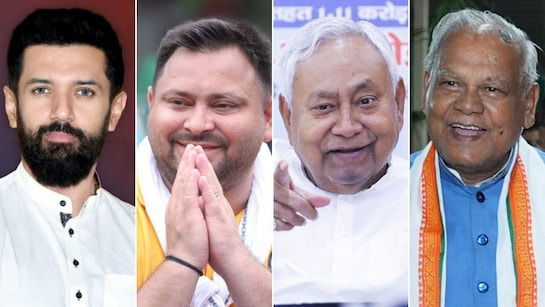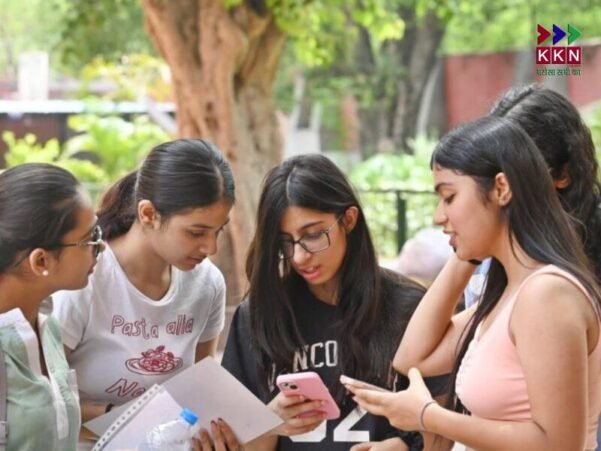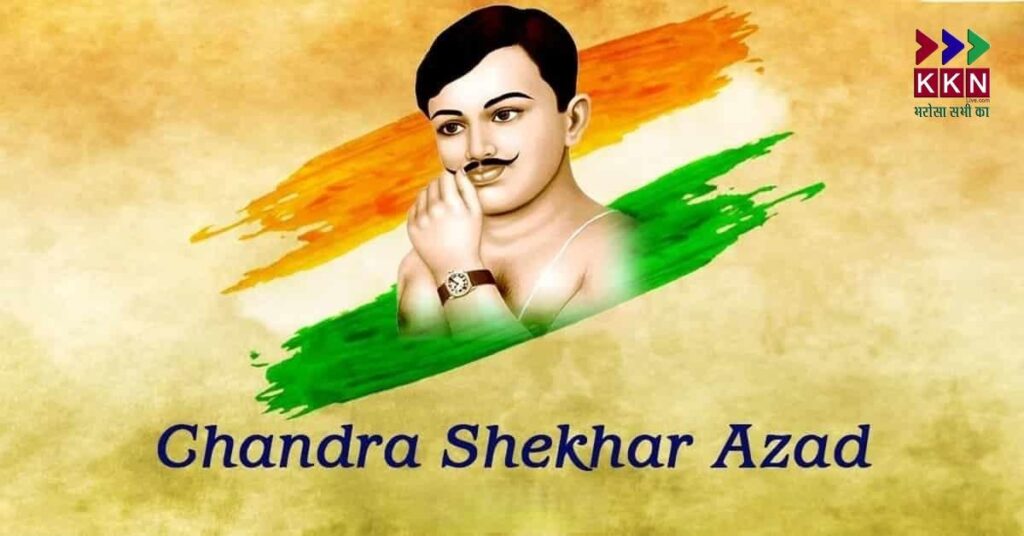
The political landscape of Bihar has witnessed a significant transformation ahead of the 2025 Assembly elections. Traditionally, political campaigns relied heavily on large public gatherings, rallies, posters, and physical presence at the ground level. However, this trend is slowly being replaced by a new dynamic, where digital platforms have become the focal point of political strategies. Social media engagement, online content, and viral campaigns are now playing a pivotal role in shaping public opinion and influencing electoral outcomes in Bihar.
In 2025, digital campaigning has evolved from being a supplementary tool to becoming a central aspect of election strategies. Platforms like Facebook, Instagram, and X (formerly Twitter) have become critical battlegrounds for political parties. Leaders are no longer only seen at rallies; they are increasingly connecting with voters through live sessions, viral memes, and engaging video clips that circulate widely across social media.
Social Media Takes the Center Stage
The political scenario in Bihar is now dominated by the digital realm, where political figures are continuously engaging with the public through social media platforms. Leaders such as Tej Pratap Yadav, Sanjay Jaiswal, and Samrat Chaudhary are constantly interacting with voters through live sessions and viral Reels on Instagram. These leaders, along with their parties, are fully aware that the 2025 elections are as much about winning votes through mobile screens as they are about physical rallies.
Political parties in Bihar, including the Janata Dal (United), Rashtriya Janata Dal (RJD), Bharatiya Janata Party (BJP), and Congress, have activated dedicated social media cells. These cells are working around the clock, managing campaigns and strategizing online engagement. Memes, video clips, and short video formats have become essential tools for political messaging. The rapid creation and circulation of content based on politicians’ statements and daily events have become an important method for gauging public sentiment and shaping voter attitudes.
The Power of Reels, Memes, and Live Sessions
In the world of digital politics, short-form content is king. Election slogans are now reaching voters through quick, catchy Reels on Instagram, and political discourse is largely happening through witty memes. Memes mocking political opponents, playing on their gaffes or controversial statements, are shared widely, contributing to a humorous yet impactful way of shaping the political narrative. This new age of digital campaigning is driven by the virality of these memes and the quick spread of political messages through shares, likes, and comments.
The effectiveness of these digital tools has led political strategists to emphasize the role of digital management in influencing election outcomes. Unlike traditional methods, the reach of social media campaigns is far more extensive and immediate. Political pundits have come to the conclusion that social media is shaping the thoughts and perceptions of Bihar voters at an unprecedented scale. In this context, the 2025 elections are being fought on two fronts—one on the ground and the other in the digital sphere.
Financial Investments in Digital Campaigning
As political parties shift their focus to digital campaigning, the financial investments in this area have skyrocketed. While detailed and official spending reports are still awaited, media reports suggest that the BJP is currently leading the way in terms of spending on digital platforms. This includes substantial allocations toward paid promotions, social media advertisements, influencer marketing, and content creation. The party is using these platforms to push out its message, engage with voters, and even conduct live interactions that strengthen their connection with the electorate.
Opposition parties such as RJD, JD (U), and Congress have also significantly increased their spending on digital platforms. These parties are allocating crores of rupees toward enhancing their social media presence, with investments in content creation, professional design services, and video production. The growing importance of digital media has made these platforms essential tools for all political entities competing in the state.
The Shift in Election Campaign Spending
The scale of digital spending in Bihar’s 2025 Assembly elections is massive. Political parties are devoting considerable portions of their budgets to social media campaigns. Paid promotions have become one of the largest expenses, with each party buying ads that target specific voter demographics. The rapid growth of influencer marketing is another area where political parties are seeing great returns. Influencers, often seen as more relatable to the youth, are being roped in to spread campaign messages on various platforms.
In addition to influencers, professional content creators and designers are being hired to craft visually appealing and effective content. These assets include memes, Reels, and video clips, which are quickly circulated and widely viewed. The influence of these forms of content has raised the profile of digital campaigning in a way that traditional methods never could.
The Election Commission of India has mandated that each party and candidate must submit a detailed breakdown of their social media expenditure, including advertising costs, content production, and team-related expenses. This data must be submitted within 75 days of the election’s conclusion. These regulations aim to bring transparency and accountability to the digital campaigning process.
The Digital Battle: Campaigns Beyond the Ground
The true shift toward digital campaigns is best reflected in how parties have balanced their ground campaigns with online strategies. Though traditional methods such as rallies and ground-level engagement still play a role, it is clear that the impact of digital media now rivals that of physical presence. The success of a political party in Bihar is increasingly being determined by its ability to engage voters through screens—especially as smartphones become the primary means of communication for millions of people.
The political narrative is being shaped in real time, with online platforms providing a stage for constant interaction between political leaders and voters. Live sessions, in which politicians discuss their views, share their plans, and interact with voters directly, have become one of the most impactful ways of keeping the public engaged. Whether it is answering voter questions or commenting on the latest political developments, these live interactions have become an essential part of modern political campaigning.
Impact on Voter Behavior and Election Results
Social media platforms have become a mirror of public opinion, reflecting the changing moods of the electorate. The viral nature of content shared on these platforms ensures that even small political statements or gaffes can quickly gain traction and affect voter behavior. The viral nature of memes and video clips means that no political remark or event is ever private; everything is scrutinized and dissected online. This has made social media a powerful weapon in the hands of both ruling and opposition parties.
As the 2025 elections draw nearer, political leaders are finding that managing their digital presence is just as important as traditional campaigning. Voter engagement now extends beyond mere rallies to include online interactions, where leaders must also be aware of public sentiment in real time. This makes digital politics not just a supplement to ground campaigns but a major factor in determining the eventual outcome.
The 2025 Assembly elections in Bihar are undoubtedly a landmark event in the evolution of political campaigns in India. As digital platforms continue to dominate the political sphere, they are reshaping how politicians engage with voters and how campaigns are run. While traditional methods like rallies and posters still have their place, social media’s reach and impact are unparalleled.
The shift to a multi-crore digital budget has changed how parties allocate resources and plan their strategies. Social media advertising, content creation, and influencer marketing are now at the forefront of political campaigns in Bihar, making the state a critical testing ground for digital politics in India. With digital engagement now surpassing physical campaigning, it is clear that social media will play a pivotal role in shaping the political future of Bihar in the 2025 Assembly elections.
As this new era of campaigning unfolds, it will be fascinating to see how political parties continue to adapt their strategies and how digital platforms will shape the final election results.


